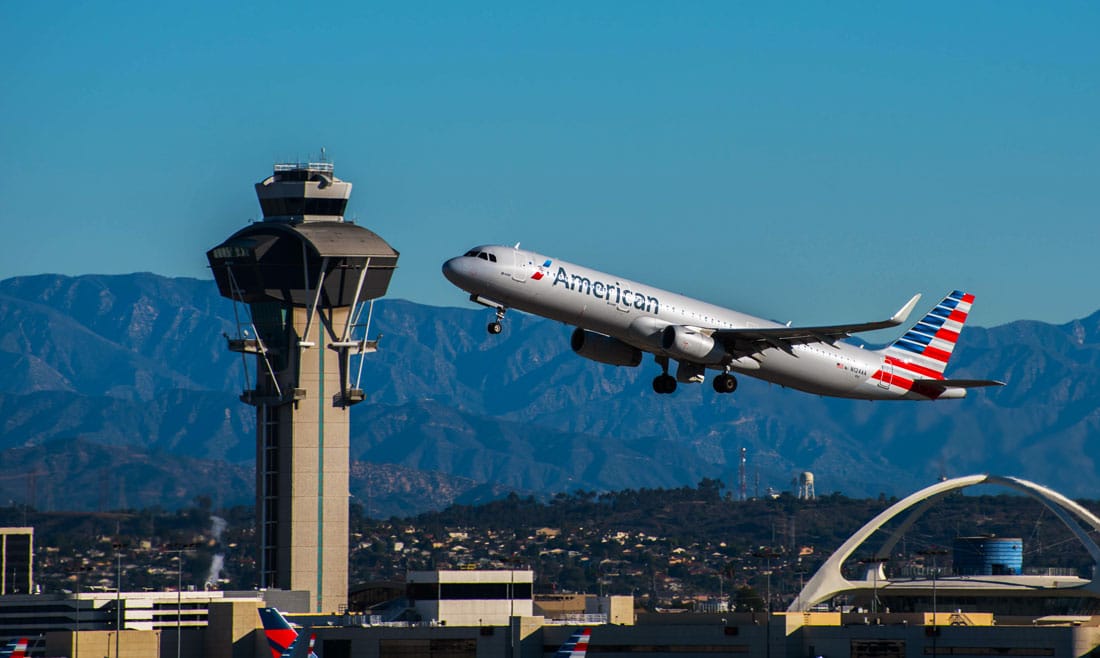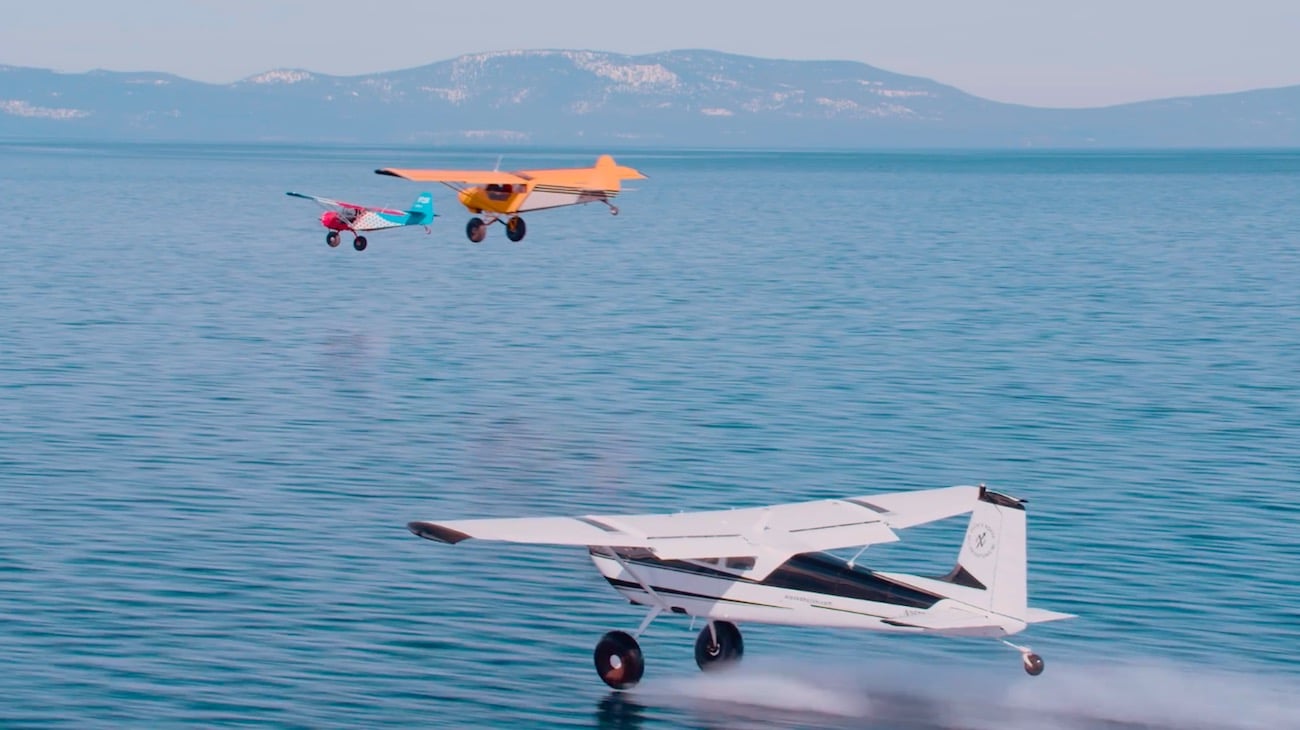FAA NextGen Program Adding Texting To Combat Delays Large Airports
The FAA NextGen program (Next Generation Air Transportation System) is currently involved in installing a new technology called Data Comm at airports. And though it may sound a little strange, the purpose of Data Comm is to replace voice communication between air traffic controllers and pilots with texting. FAA officials say that this move will make commercial air travel safer and more efficient. According to them, these improvements shave off an estimated 6 to 12 minutes per flight, which overall, can add to a large reduction in flight delays.
The FAA is interested in changing the current voice communication system, which they view as labor-intensive and time-consuming. They’re also looking to eliminate miscommunication, known as “talk back, read back” errors that are part of the voice communication system.
Glen Martin, FAA Regional Administrator for the Western Pacific Region, had to say about the project, “Think of it as getting driving directions via text instead of getting them over the phone. Here at Los Angeles International Airport, Data Comm gives air traffic controllers and pilots the ability to transmit flight plans and other essential messages with a touch of a button instead of multiple verbal communications. This switch from voice to text speeds up communications. It will allow the controllers to send text instructions to several aircraft at once and that increases safety by reducing the risk of miscommunication.”
United Parcel Service pilot Captain Ed Faith is for the system, adding that “the time savings also translate into fuel efficiency. We save up to 15 gallons of fuel for each minute we eliminate off the departure procedures.”
Progress of the FAA NextGen Program
The system was installed in LAX earlier in the year, and is expected to be in all of California’s major airports by the end of July. By the end of the year, the FAA expects the system to be active in 56 airports nationwide, which will put them about 2 1/2 years ahead of schedule. 21 of the 64 airlines that carry passengers to and from LAX have signed on to use the system, including American Airlines, Delta, Southwest, and United.
Featured Image: Glenn Beltz















Leave a Reply